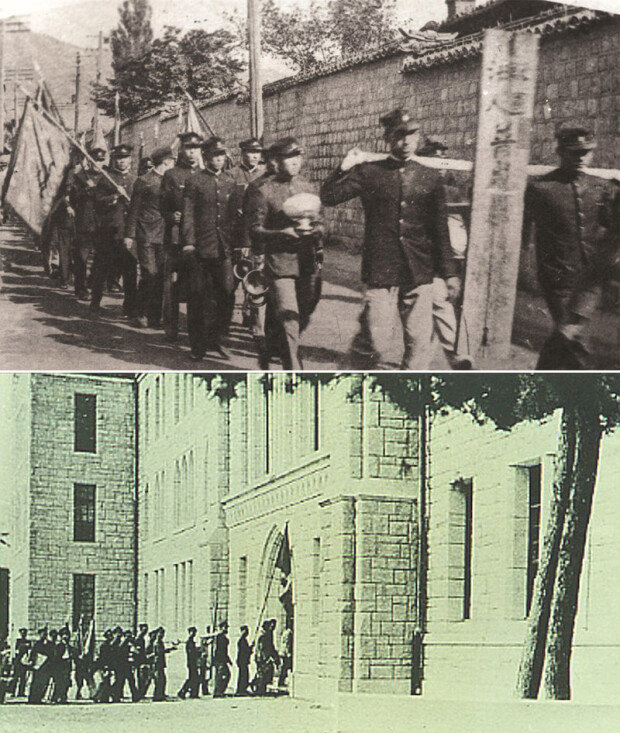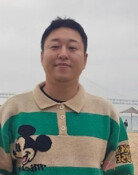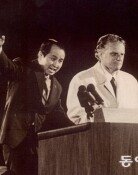Korea University's main building represents people’s determination to independence
Korea University's main building represents people’s determination to independence
Posted November. 22, 2024 08:41,
Updated November. 22, 2024 08:41

“Faculty and staff had a farewell ceremony at the old building in Songhyeon-dong and marched in rows toward the new facility with a signboard saying “Bosung Professional School” and its school flag in their hands,” wrote The Dong-A Ilbo on Sep. 29, 1934. This excerpt describes faculty and staff members and students at Bosung Professional School, the forerunner to Korea University (KU), moving to the new facility – currently the main building of KU – 90 years ago. Inchon Kim Seong-su purchased Bosung Professional School to establish a private college to promote the spirits of the Korean people across the globe. The main building of KU, designed by architect Park Dong-jin, was completed on the Anam campus in 1934.
“Truly, the opening of the Anam era of KU in 1934 marks an important milestone that Inchon set to revive the broken dreams of building a private college in the 1920s,” said director Han Yong-jin at the Korean Historical Association on a phone call on Tuesday. To celebrate the 90th anniversary of the movement of KU to Anam-dong, the association recently held an academic conference titled “90 years of Anam Campus: Bosung Professional School in the 1920s and 1930s.”
Bosung Professional School started in 1905 from an imperial school founded by Lee Yong-ik, who was in charge of budgeting in the Empire of Korea. After his exile to Russia under Japanese rule ended with his death, the school was handed over by Lee Jong-ho, his grandson, to Son Byong-hi, the leader of Cheondogyo who led the March First Movement. Afterward, Inchon acquired Bosung Professional School in 1936 after detailing his dreams of a private college while traveling around the United States and Europe, and then did the groundwork for a new campus around Anam-dong.
The main building, the school’s oldest architecture, is made of granite, differentiating itself from typical wooden structures under Japanese rule. Director Han said, “As architect Park put it, the sturdiness of granite contrasts with the weakness of Japanese wooden architecture, symbolizing our people’s strong determination to independence,” adding that it was particularly inspired by the layout and architectural styles of Duke University. This historical building and the old central library completed in 1937 were both designated Historic Sites in 1981 in recognition of their architectural values.
The school even built a 400-meter-long track field and a large-scale stadium with a capacity of 30,000 people in the stands between the main building and the main gate. The stadium was designed as the largest of its kind in the East in homage to Berlin's Olympiastadion, where Sohn Kee-chung became the first ethnic Korean to win a medal at the Olympic Games. “The stadium made it possible for the university to nurture not only students’ intellectual competence but also strengthen their physical toughness,” Han said, adding, “Looking back at the origin of KU is not just reviving old memories but gaining momentum to create new things.”
사지원기자 4g1@donga.com
Headline News
- Korean business leaders urge a halt to commercial law amendment
- Yoon begins extensive verification for cabinet and staff reshuffle
- Police confirm Pyongyang’s involvement in Ether heist in 2019
- Ukraine fires British Storm Shadows at targets on Russian territory
- Ulsan and Pohang compete to crown Korea’s soccer champions







